Gerbils are originally from central Asia – mainly Mongolia – which is where they get their full name from: Mongolian Gerbils (or Mongolian Jirds – but either way, Mongolia is the place to be).
They are found across a wide area of Asia around Mongolia along with all their relatives, including the Shaw’s Jirds, Tamarisk Gerbils and Przewalski’s Gerbils etc, all living in similar desert or steppe conditions where there is thin grass and soft soil.
They are generally desert dwellers and create burrows in the sandy environments in this part of the world, which has dry winters and warm summers. Deserts can get very cold at night and their habit of living in colonies helps to keep them all warm underground through the worst of it.
It is said that all gerbils today that are kept as pets were originally from the first 40 gerbils caught in the wild, but there are many people (and zoos) now who breed wild genes back in to their breeding stock to put in stronger natural genes – and perhaps to find an elusive new colour with a natural mutation.
How do we know where gerbils came from?
Originally gerbils would have come from some ancestors who developed physical features that suited this harsh environment – including powerful sharp teeth for breaking through seed cases and underground roots blocking their family tunnels.
They also specialised in evading their main predators birds and snakes by out-running them with their giant oversized hind legs – great for speeding away. Some other desert rodents have taken it too far…
Great big feet are also great for communicating over great distances – so this behaviour evolved too.
Gerbils haven’t changed very much since they were first bred for science (and then for pets) apart form a variety of new colours – colours that wouldn’t suit them in the wild but that which we, as owners, absolutely love!
I have noticed though, that certain lines of gerbils around the world and sometimes even within a country looks quite different. Some have very short noses, others a bit more of a Roman nose. Others have a stocky build whereas others are quite slim.
And then there are the giant tails tufts!
Now where do different gerbils come from?
Everywhere you find line breeding and breeding for improvement – you can find a certain feature that has changed only slightly.
We are nowhere near talking like different breeds of dog or anything, but you can see when a gerbil looks different. Perhaps have a look at some images online and compare their features and see for yourself.

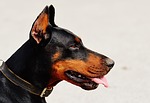
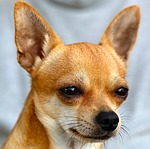
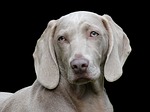
Some people are breeding to meet show criteria in their country, others are doing it just because that is how they like their gerbils, and other times it can just be the way gerbils look when they are bred for their friendliness – their appearance is just secondary to great fun pets – which I think is how I prefer it to be.
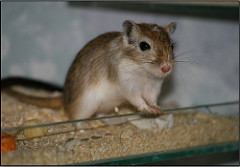
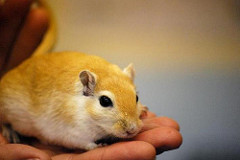
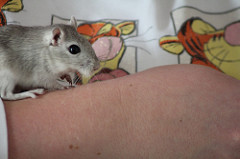
Top Tips for getting your own gerbil:
I know you may just be reading about gerbils in the wild – but I thought I would add some tops tips about getting your own gerbils…
Get in Training – make sure your gerbils are all THE SAME SEX. The number of people who end up with accidental litters after not checking the sex of their gerbils themselves. It often means you get your standard two litters of pups – but then you have to split up your original pair into two tanks permanently as well as find homes for all the pups – or not finding homes and having to keep them all yourself (at which point you had better learn how to sex them properly anyway).
Do Your Research – make sure you get the right number of gerbils to start with. Many people choose to buy just one gerbil to save money or because they could only find one and didn’t want to wait for a pair – WRONG. Buying one and then having to find another one and build a split tank and hope it works out will not save you money – or time. And waiting for a single gerbil to turn up again for a split introduction might mean that you take one from an existing pair when they do turn up – starting the whole cycle again.
Find a Breeder – they can be SO useful long term. Finding a breeder close by will mean that you get the right number and the right sex with your new gerbils – and also there may be some choice of colour involved too (rather than just whatever the pet store had). Breeders are also a great place to go if you need help with finding a friend for a single gerbil – as young pups are usually the easiest option. Breeders are also great for simple health advice.
Find a Vet – preferably one who sees small animals regularly. You can visit ANY vet for emergencies of course – but if you want extra special gerbil care – it is worth while hunting around for those close to you who know more than what a gerbil looks like on the outside. The more experience your vet has had with small animals – the better the treatment and usually – the better the results of that treatment. It just takes the guessing away.